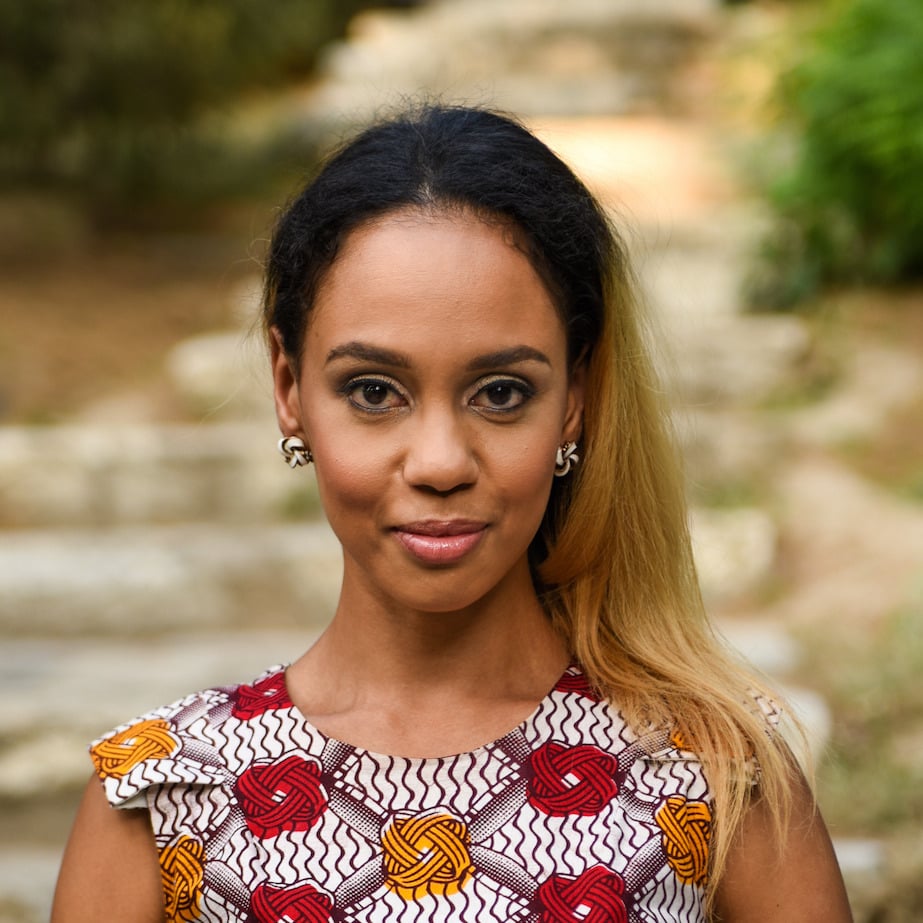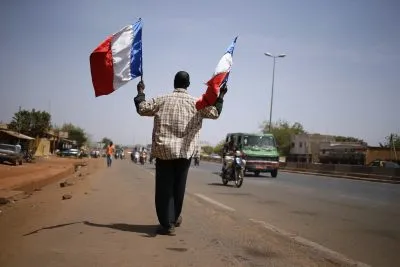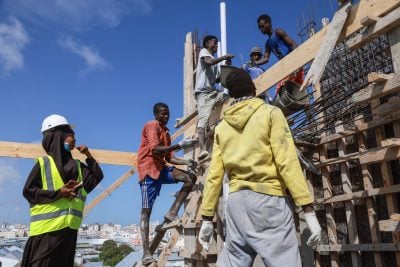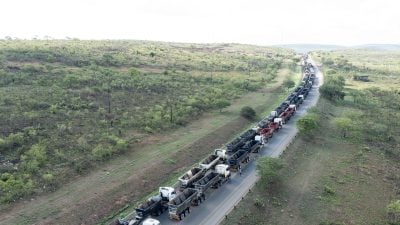Hydrogen energy and electric vehicles. These are two phrases you will not find in Africa’s Agenda 2063 – Africa’s blueprint for “The Africa We Want”, first agreed in 2014 by heads of state of the 55 nations.
This is despite the fact that in then-African Union chairperson Dr Nkosazana Dlamini Zuma’s beautiful and inspiring “email to the future” – written to a hypothetical Kwame in the year 2063 – the vision is for Africa to be the third largest economy in the world.
You also won’t find these phrases in Africa’s so-called development partners’ strategies or plans for the postponed COP26 climate change conference coming up in Glasgow in November 2021. In place, you’ll find phrases such as “debt-for-climate swaps”, “nature-based solutions”, “capacity building” for adaptation or disaster risk management, or support for renewable energy for rural populations.
When it comes to looking at Africa and climate change, the view of Africa remains stuck in a backwards environment. That is, a vision for an environment in which the majority of Africans are envisioned in rural areas, needing to adapt to floods, droughts and other emergencies that affect the agriculture sector.
In contrast, while there is talk of “capturing Africa’s demographic dividend” the vision is not for an environment that requires cheap, efficient transport for over 4bn people, accounting for close to 40% of the global population. Nor is the vision for an environment that requires cheap and clean energy for huge factories on the scale of those currently in China.
Why is this climate change vision so backwards, and why does it matter? There are two key reasons.
Shifting perceptions of risk
First, it is due to Africa’s marginalisation in the world economy. Africa makes up less than 4% of world trade and investment, and the prevalent view is that African markets are “risky”. I have written previously in African Business about the need to rethink African risk perceptions given what has been learned about Covid-19 management – a uniform global event in which African nations clearly outperformed many others.
The need to shift risk perceptions is vital when it comes to climate change and ensuring that the same technologies that are available in other countries are made available in Africa. Right now, even clearly profitable, dependable economic activities such as energy for extraction of natural resources are seen as risky on the continent – so much so that they often require subsidies from governments, in the form of power agreements or publicly financed infrastructure, such as railways from mines to ports.
How then can the private sector invest in next stage technologies? It means the public finance that does get spent on the continent is poorly spent on simple activities that the private sector should be financing, rather than on innovative public goods that are not yet profitable.
Indeed, if we are looking towards a vision of the future, clearly only the cleanest, most advanced technology should be demanded by African governments from domestic and foreign investors and partners. Instead, while there now appears to be a consensus that concessional loans should not be provided for coal-fired power stations, we are still debating whether natural gas projects should get such finance.
We are stuck in old, inefficient business models because risks in Africa are still perceived as too high.
Getting the finance
The second reason for this backward vision is a lack of resources – in particular a lack of climate finance support from Africa’s partners. Recent data from the Center for Global Development shows that not only have donor countries fallen short of meeting a 2020 goal to provide “new and additional” climate financing of $100bn by $21bn, but 45% has not been new at all – i.e. it has been also used for traditional aid purposes.
Some might argue this double counting is good as it means climate change is being “mainstreamed” into traditional aid. But from a recipient perspective, it makes life difficult. It increases requirements for every single grant or loan to tick more boxes and meet multiple objectives, therefore constraining the potential to be innovative and visionary.
There is no excuse for this. I was a negotiator in 2009 and 2010 when developed countries committed to this goal. At the time, the government I worked for – the UK – took that seriously. A Green Climate Fund was created, today still a pioneering structure due to its equal representation of developed and developing countries – meaning African countries can have a significantly larger voice in directing grants and concessional loans than they do, for instance, at the World Bank, IMF or even African Development Bank. Yet the Green Fund too is underfunded.
Africa’s own efforts towards integration will help address the first challenge, no doubt. The African Continental Free Trade Area (AfCFTA) does have at its core an ambition for stronger industrialisation, moving up the value chain to ensure African economies get a larger share of their own and world trade.
The vision might not be visionary enough, but it is at least a start. It can be augmented too by demanding that foreign investors also innovate and openly experiment with new technologies such as electric vehicles on the African continent – not just sell or assemble them there.
But more and higher quality climate finance provided by richer countries is also crucial. Estimates from the African Development Bank suggest that at least $20-30bn is needed to green African economies each year, on top of additional international finance of $68-108bn per year.
The easiest means for Africans to make this happen will be for Africa’s partners – whether the US, Europe or China – to put finance into specific funds such as the Green Fund or Adaptation Fund, so that recipients can best set the terms of the future they want to see.
Towards a carbon-neutral future
In the run up to COP26, many richer economies – such as the UK, China, Germany and South Korea, are rushing to announce their carbon neutrality targets by 2050 or 2060. The US and Australia, though they have not announced such targets, are trying to persuade the rest of the world of their commitment to action.
This is progress, but not sufficient. Only three African countries – Ethiopia, South Africa and Sierra Leone – have so far announced visions to be carbon neutral by 2050 or before. Today’s 1.3bn Africans and those of the future are entitled to this and the technologically advanced future it implies.
It’s time for Africans to start demanding that future and for partners to help build seriously towards Africa being the third largest economy in the world by 2063. Starting at COP26.
Hannah Ryder is the CEO of Development Reimagined, a pioneering African-led international development consultancy based in China.
Want to continue reading? Subscribe today.
You've read all your free articles for this month! Subscribe now to enjoy full access to our content.
Digital Monthly
£8.00 / month
Receive full unlimited access to our articles, opinions, podcasts and more.
Digital Yearly
£70.00 / year
Our best value offer - save £26 and gain access to all of our digital content for an entire year!
 Sign in with Google
Sign in with Google 



